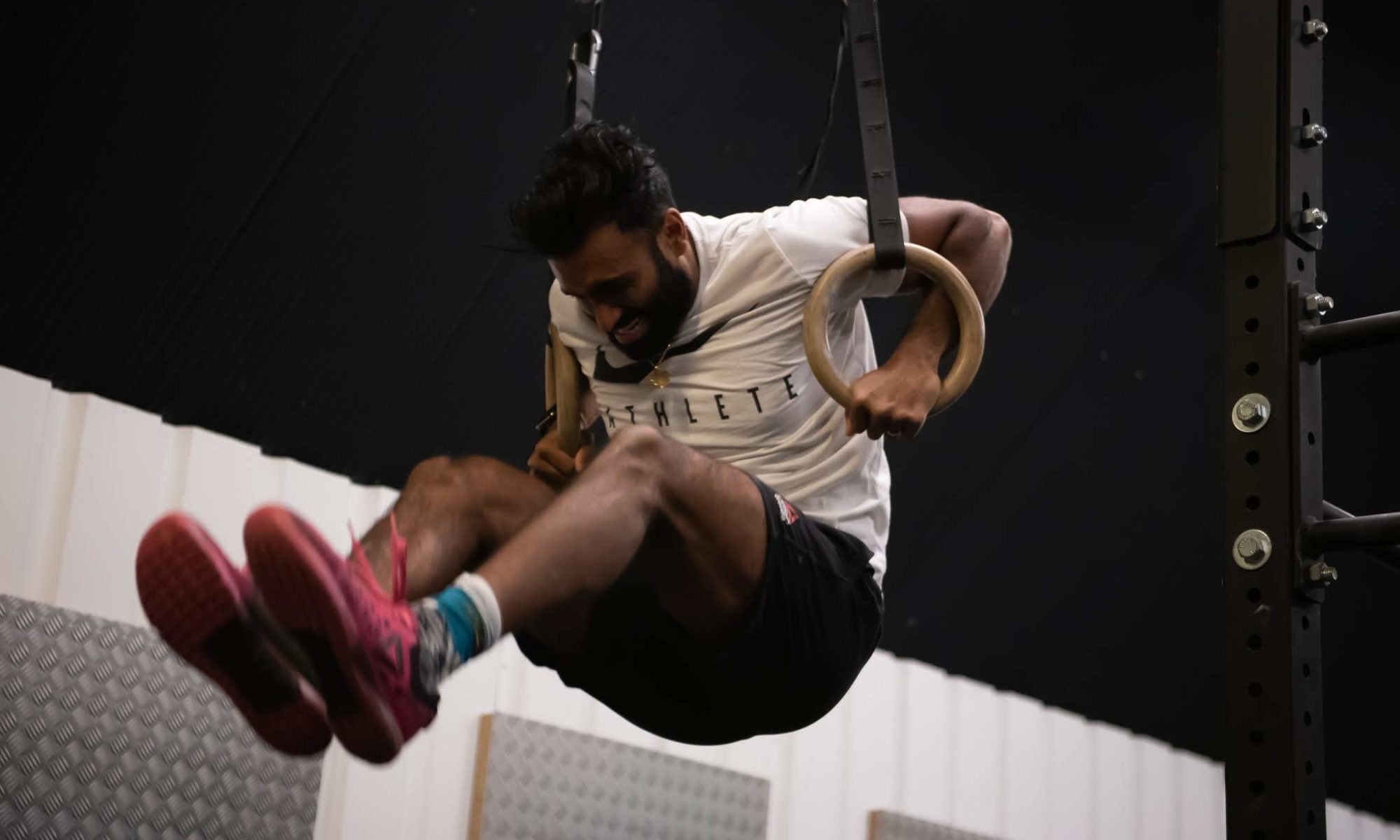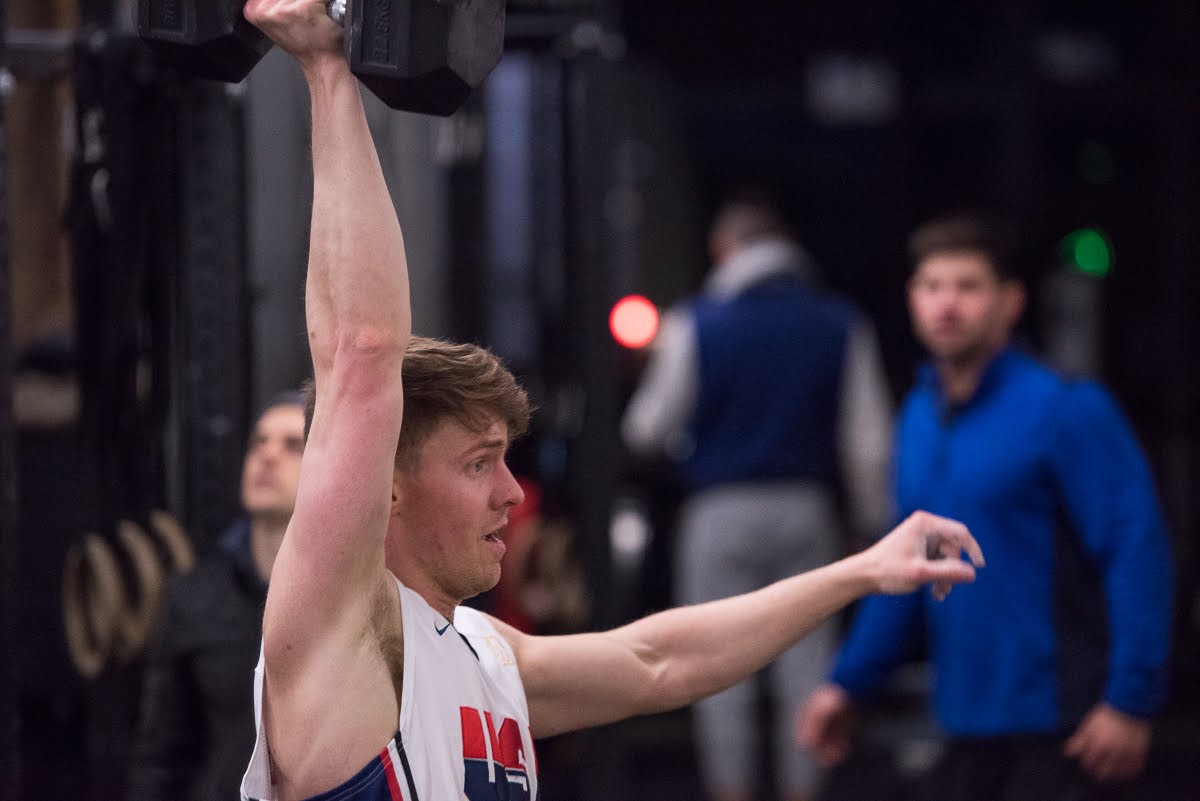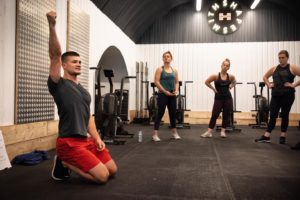This is an article I (Lee) wrote in 2019, drawing on personal experience and from what I’ve read along the way since starting CrossFit® in 2011! A lot if it still holds true today. I will clean the article up at some stage, but here goes:
First off, full disclosure: it doesn’t ‘ruin’ progress if someone does a workout twice in a few days.
Our programming at Shapesmiths should be robust enough (AND not so overwhelming) that folks can get away with a ‘random’ week where they do the same workout two times!
However, using ‘the repeat’ as a strategy to get maximal scores in the Open (and doing it multiple weeks) is not entirely the correct philosophy.
I will be the first to admit that I have on occasions been silly enough to repeat open workouts 3 & 4 times circa 2012/3, but I am hoping that I have made the mistakes so you guys and girls don’t have to.
There are more than a few potential pitfalls if people make repeating a habit, or core strategy, of doing the workouts more than once per week in the Open. Below I will go through the following points in hope of educating a little and setting the scene.
- You will not push yourself as hard the first time.
- Things to think about when it comes to strategy.
- There are no ‘second chances’ in other competitions.
- You are more likely to pick up niggles.
- It puts your actual training and development progress on hold
- It is bad for your ‘mental game’.
- There ARE times when repeats make sense (see below)
You will not push yourself as hard the first time
If you are planning on doing it more than once, you are almost guaranteed to ease back and not give it full, all in, effort.
Avoid the possibility of that little voice in your head saying, “its okay, I’ll try harder next time” or ‘i’m just feeling this one out to get a hang of how it feels.’
Think about your strategy for the workout to get the most out of it and then lock in and give it your best effort. There are 40 days left before the first CrossFit Open WOD 19.1. There are multiple competition days left in the Shapesmiths programming. This is the time to practice competing.
Top Tip: You must be mentally prepared to ‘burn the bridges’ so you make your attempt the best.
‘Don’t save anything for the swim back’: https://youtu.be/hZKZSiCmXLQ
Things to think about when it comes to strategy.
Think about breaking the workout into blocks. For example if we take a workout such as 10 rounds of 10 C2B Pull Ups, 10 Thrusters @42.5 + 20 Cal Row. We can break this into 10 blocks.
Ideally you want the last block (10) to be the fastest part of the WOD, the 1st block to be the second fastest and from 2-9 to be the third fastest part. As an estimate the hardest part of most workouts is 3/4 of the way through. Breaking down the workout into parts can help you predict this and mentally prepare for them.
Identify what matters generally about the workout. Is going an extra 100 cals per hour on the rower going to impact another movement negatively for example.
Then identify what matters specifically for you (specific movements you are good at, ones you will have to manage, a particular rep scheme effect on the workout etc).
Identify what can be decided beforehand. This could be the way you warm up and prepare. It could be that you are certain of your ability to crank out 50 WBs at the start of the WOD without it hurting the rest of your workout.
Identify what will need to be decided or adjusted as you go. For example, your rep schemes as the metabolic insult of the workout reduces your ability to ‘do work’
Stick to your game plan.
There are no ‘second chances’ in other competitions
As far as ‘The Sport of Fitness’ and similar competitions go, you aren’t allowed to ‘try again’ if you mess up the first time. You should become adept at planning your workout (pacing, resting, technique, etc.) so that you get your best score right out of the gate.
Giving yourself the option to repeat will prevent you from learning how to ‘knock it out of the park’ on your first try.
Most top level athletes that sit near the top of the open rankings know themselves and the movements so well they can execute a plan 9 times out of 10. Every so often they may repeat a workout if they took a gamble on the first, or there are ‘weird’ rules about a lift immediately after or achieving a certain number of reps before a certain time to move on.
You are more likely to pick up niggles.
There is a reason why good programs usually don’t have folks doing hundreds of reps of the same movement a few days apart, unless it has a clear rationale.
It puts your actual training progress on hold
When people are hyper focused on the Open their progress stalls for 5-6 weeks.
When you are planning on doing the workouts 2 or 3 times, you are NOT making overall gains. You are resting the day before their first attempt, then resting between attempts, then resting the day after, all while hammering movement that won’t be coming up in later weeks.
That only leaves a couple days to try and get some training in before the next announcement!
It can be mentally draining.
It can sometimes be intense to place a lot of emotional energy doing these workouts.
By planning on doing the workout one time, you are giving yourself the permission to move on. Once your workout is complete, it’s happy days. You can move on.
You can focus on getting back to your training. You can focus on the movements that are likely to come out in the next workouts and/or getting ready for the next competition (whether that is Regionals, a local competition, or the next Open).
Some notes about when a ‘repeat’ might be a good idea
There are times when a repeat might be a good idea below. However, they should all be discussed with your coach.
- If you really ‘botched’ the first attempt (because of a super bad strategy, pacing, a rule misunderstanding, etc.).
- If there are unconventional formats or rules. Things like having to do a max effort lift immediately after a metcon, having to do a certain number of reps to ‘break through’ to another round, etc.
- If you failed at a movement that you were really close to getting. Almost getting that muscle up, or snatching that next barbell load come to mind.
- If you are ‘on the cusp’ of qualifying for the next level. Age Group Qualifiers are the only one here unless you have a chance of going to the games by coming 1st in the country or top 20 in the world.
One last thing…
The CrossFit Open is a TON of extra work for the team. We have quite a few tasks that include:
- Ensuring everyone who is signed up gets a chance to perform the WOD.
- Organizing Heats.
- Setting up the gym layout.
- Judging
- Approving scores
- Coaching during the heats
- Consoling people who aren’t happy
- And more!
Even if you have determined that a repeat is something that you absolutely need to do, reach out to a coach or [email protected]
The best way it to ask politely if there is a possibility of doing it again, and what would be the best day and time for you to do it. Any time you are repeating a workout, the coaches (who have to be there to open the gym), and the judge, are doing you a HUGE FAVOR. You are going to have to be the one with a flexible schedule (do not ask them to come in around your schedule). Offer to pay an extra drop in fee if, and definitely give them a ‘thank you’ gift (a note, gift card, coffee, etc.).
Keep in mind that if you are asking to do a repeat, so probably are others. And if they let ‘some’ people do it, then everyone gets the chance. This adds significantly to the workload, and you have to remember that all of this extra work is on top of the regular day to day operations of the gym! Some gyms have a ‘1 repeat’ or ‘2 repeats’ max to help limit the amount of extra work, and to limit the ‘repeat mania’ that some folks get into. You should consider holding yourself to something similar. Your coaches will love you for it!
I hope this helps you understand some of the strategies behind doing repeat workouts, and how it all fits into the bigger picture.
Remember that it isn’t about where you finish this year. It is about how this year made you better!




